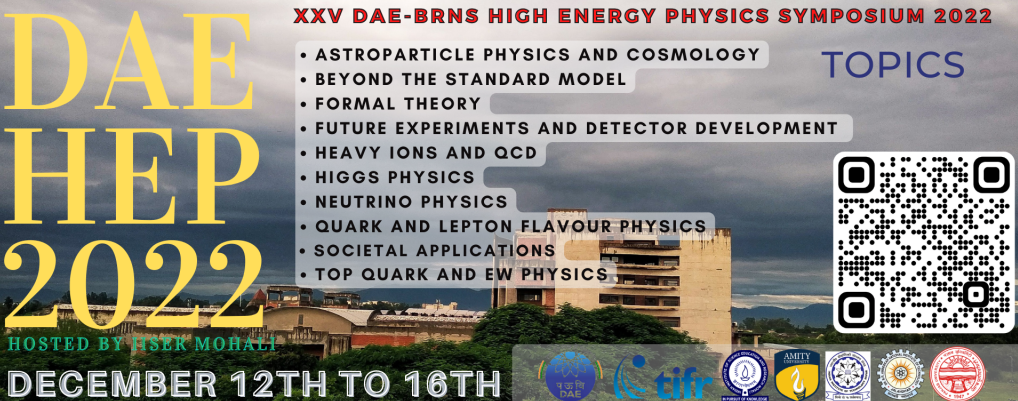Speaker
Description
In 1988 the European Muon Collaboration (EMC) at CERN shocked the physics community by announcing that the sum of the spins of the three quarks that make up the proton is much less than the spin of the proton itself, later on which is known so-called "proton spin puzzle." Physicists have been unable to answer a seemingly simple question: where does proton spin come from? How the proton’s spin originates from its constituents like quarks and gluons and their interactions, which are regulated by quantum chromodynamics (QCD), is a key issue in nuclear and particle physics. In order to address this issue, the spin sum rules divide the proton’s spin into its quark and gluon spin and angular momentum components. The quark and gluon spin componants comes from the parton distribution functions, while the orbital angular momenta are related to the Generalized Parton Distribution functions (GPDs). So bascially in this talk I will adress the individual contributions to the proton spin from all the constituents. In particular, we will look at two different types of decompositions of the proton spin: (1) the non-gauge invariant Jaffee-Manohar decomposition, and (2) the gauge invariant decomposition proposed by Ji.
| Session | Quark and Lepton Flavour Physics |
|---|

